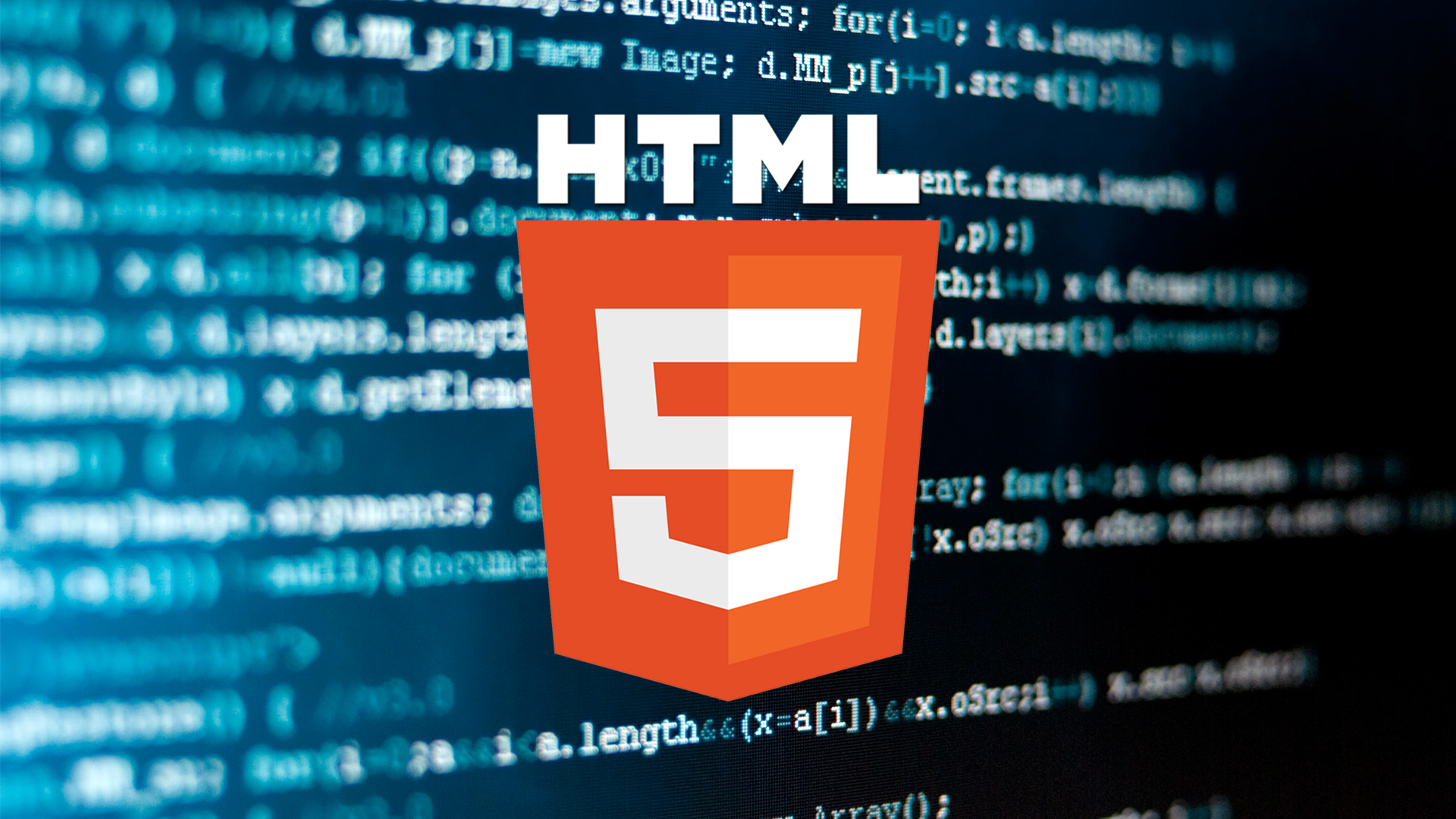
- December 4, 2023
- admin
- Technology
In the ever-evolving landscape of web development, where new technologies emerge rapidly, sometimes the key to significant enhancement lies in revisiting the basics. In this article, we delve into five essential HTML attributes that are pivotal not only for accessibility but also for enriching user experience. Perfect for both seasoned developers and beginners, let’s dive into these fundamental elements to craft a more inclusive and user-friendly web.
The Power of hreflang The hreflang attribute, used within <a> and <link> tags, specifies the language of the linked content. Think of it as a more targeted version of the lang attribute, but for hyperlinks.
Importance of hreflang: Implementing hreflang can significantly boost both user experience and SEO, especially for multilingual websites. It directs users to the language version best suited for them without manual input, streamlining their browsing experience.
Implementing hreflang: Include the hreflang attribute with the relevant ISO language code in your <a> tag. For instance, use ‘en’ for English and ‘en-GB’ for British English variations. This attribute is particularly useful for search engines to understand the language and regional targeting of your web pages.
Example Usage:
Include aria-current="true" for the active link to enhance accessibility further.
Understanding translate The translate attribute dictates whether a piece of content should be subject to translation.
Why use translate?: Certain content, like brand names or technical terms, should remain unchanged across languages. The translate attribute helps maintain the integrity of such content, ensuring clarity and consistency.
Using translate: Apply the translate attribute with values “yes” or “no” to control translation behavior. It’s a simple yet effective tool to guide automated translation tools like Google Translate.
Example Usage:
The Reversed Attribute The reversed attribute is a nifty tool for ordered lists (<ol>), allowing you to number items in reverse order.
Applying reversed: Just add the reversed attribute to your <ol> tag, and it inverses the numbering of the list items, not their order. It’s especially useful for countdowns or top lists.
Example Usage:
Embracing Controls The controls attribute is essential for multimedia elements like video and audio, commanding the browser to display standard playback controls.
Why controls matter: These controls enhance usability and accessibility, allowing all users, including those with specific needs, to manage playback seamlessly.
Implementing controls: Simply add the controls attribute to your <video> or <audio> tags. Remember, while default controls are handy, customizing them can further improve accessibility.
Example Usage:
Autocomplete for Efficiency The autocomplete attribute in forms, inputs, and textareas is a game-changer for user experience.
Why autocomplete?: It streamlines form-filling, especially helpful for users with cognitive or visual impairments. By suggesting saved user inputs, it reduces effort and enhances form usability.
Using autocomplete: Assign appropriate values like “on”, “off”, or specific identifiers (like “email”, “name”) to guide browsers in providing accurate suggestions.
Example Usage:
Conclusion: These five HTML attributes demonstrate that sometimes, the most effective way to enhance a website’s accessibility and user experience is by mastering the basics. As you embark on your next web project, remember the impact these fundamental attributes can have in creating an inclusive and user-friendly digital space.
Categories
- Artificial Intelligence (19)
- Bigquery (7)
- Business (38)
- Chat GPT (6)
- Code (5)
- Data Science (23)
- Data Visualization (28)
- Google Ads (4)
- Google Analytics (19)
- Google Analytics 4 – GA4 (22)
- Google Bard (5)
- Google Cloud (6)
- Google Looker Studio (4)
- Google merchant center (2)
- Google tag manager (10)
- Healthcare (2)
- Hindi (6)
- Javascript (3)
- Migration (1)
- Natural Language Processing (5)
- NLP (3)
- Prestashop (3)
- Reports (10)
- SEO (1)
- Server-Side Tracking (10)
- Social Media (15)
- Technology (35)
- web design (2)
- web development (5)
- आर्टिफिशियल इंटेलिजेंस (5)
- एआई (5)
- कृत्रिम बुद्धिमत्ता (6)
- गूगल बार्ड (3)
- डेटा विज्ञान (1)
- डेटा साइंस (1)

